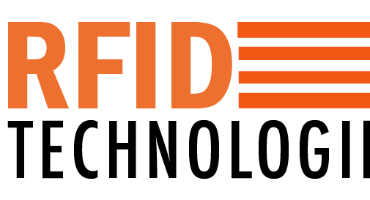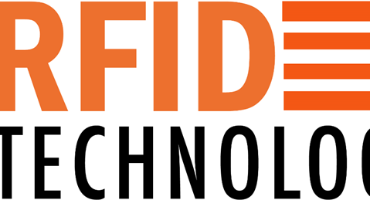Here's how the process can be implemented:
Robot-Armed Drones: The supply chain and warehousing operations utilize robot-armed drones equipped with UHF RFID readers. These drones are designed to autonomously navigate the warehouse and store areas, following pre-defined paths or using real-time mapping and navigation systems.
Nighttime Operation: The drone-based scanning operation is typically scheduled during non-operational hours, such as at night, to minimize disruption to regular operations. Conducting the scanning process when the facility is less busy ensures that the drones can move freely without interfering with ongoing activities.
UHF RAIN RFID Tag Labels: UHF RAIN RFID tag labels are affixed to the items and packages within the supply chain and warehousing operations. These tags contain unique identifiers that can be wirelessly detected and read by the UHF RFID readers mounted on the drones.
Scanning Process: As the robot-armed drones traverse the warehouse and store areas, they emit radio waves to activate and read the UHF RAIN RFID tag labels present on the items and packages. The UHF RFID readers capture the responses from the RFID tags and collect the relevant data.
Real-Time Data Collection: The scanning process enables real-time data collection on the presence, location, and movement of the tagged items and packages. The captured data, including the unique identifiers and timestamps, is transmitted to a centralized database or inventory management system.
Inventory Visibility and Accuracy: The collected data provides enhanced visibility and accuracy of the inventory throughout the supply chain and warehousing operations. It enables real-time tracking, monitoring, and management of stock levels, allowing stakeholders to make informed decisions about inventory replenishment, order fulfillment, and distribution.
Process Optimization: The data collected from the UHF RFID tag labels can be analyzed to identify trends, bottlenecks, and areas for process optimization. It can help streamline warehouse operations, improve inventory control, and enhance supply chain efficiency.
Integration with Backend Systems: The inventory data collected by the drone-mounted UHF RFID readers can be integrated with backend systems, such as warehouse management systems (WMS), enterprise resource planning (ERP) systems, or supply chain platforms. This integration ensures seamless synchronization of inventory records, enabling accurate inventory tracking across various systems and locations.
By deploying robot-armed drones with UHF RFID readers to scan UHF RAIN RFID tag labels in the supply chain and warehousing operations during nighttime, businesses can achieve real-time visibility, accurate inventory tracking, and process optimization. This leads to improved efficiency, reduced errors, and enhanced overall supply chain performance.


